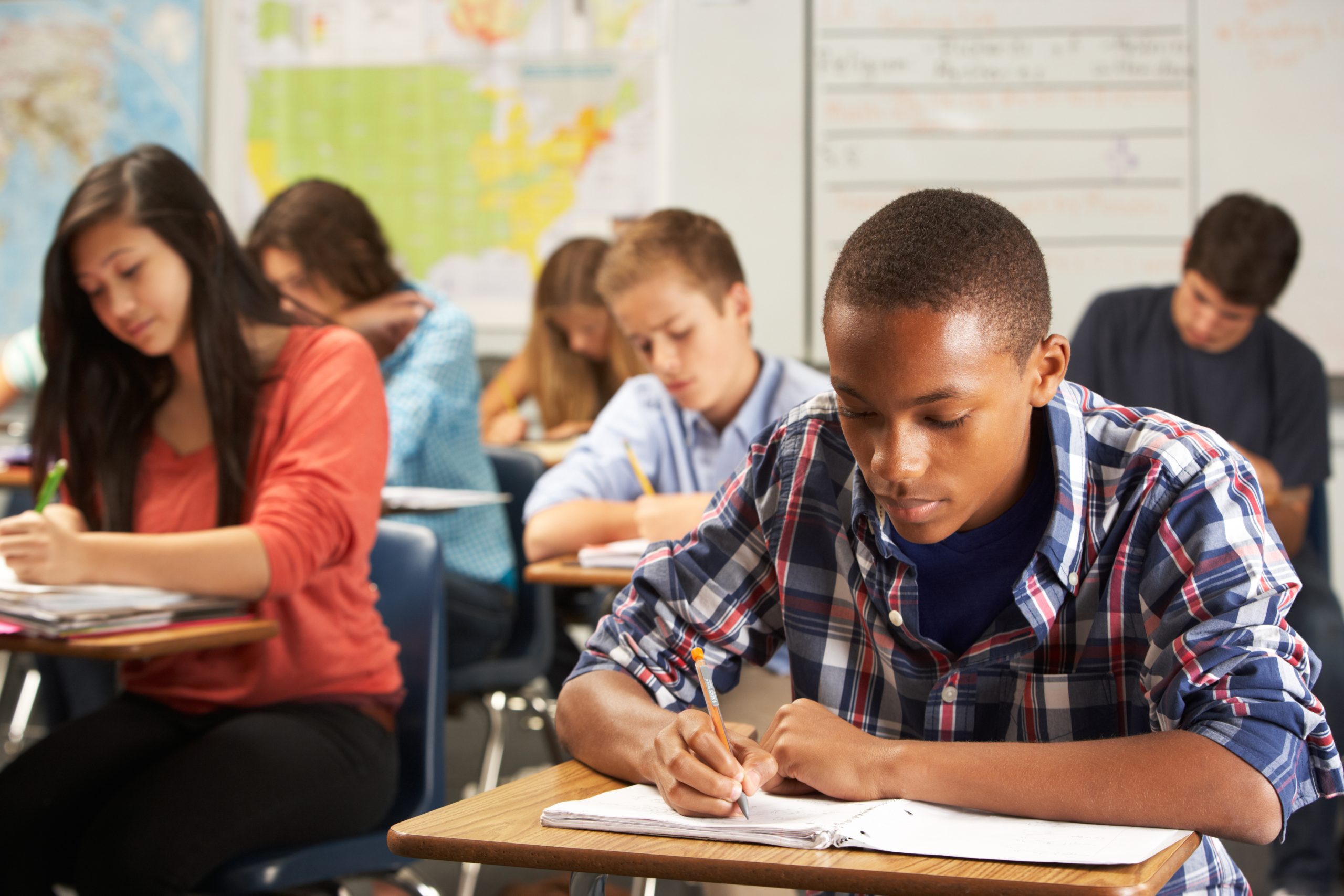As we look ahead, the landscape of education continues to evolve at a rapid pace, shaping the way we learn and teach. The integration of technology in education has expanded our horizons and changed the traditional classroom dynamic. As eLearning becomes increasingly prominent, here are five key trends that are poised to influence the future of education. 1. Personalized Learning Experiences Advancements in artificial intelligence and data analytics are making it possible for eLearning platforms to offer personalized educational paths. This trend focuses on tailoring content to meet individual learning styles, speeds, and interests, ensuring that each learner is engaged …
Continue reading “The Future Of Education: 5 eLearning Trends To Keep An Eye On In”




